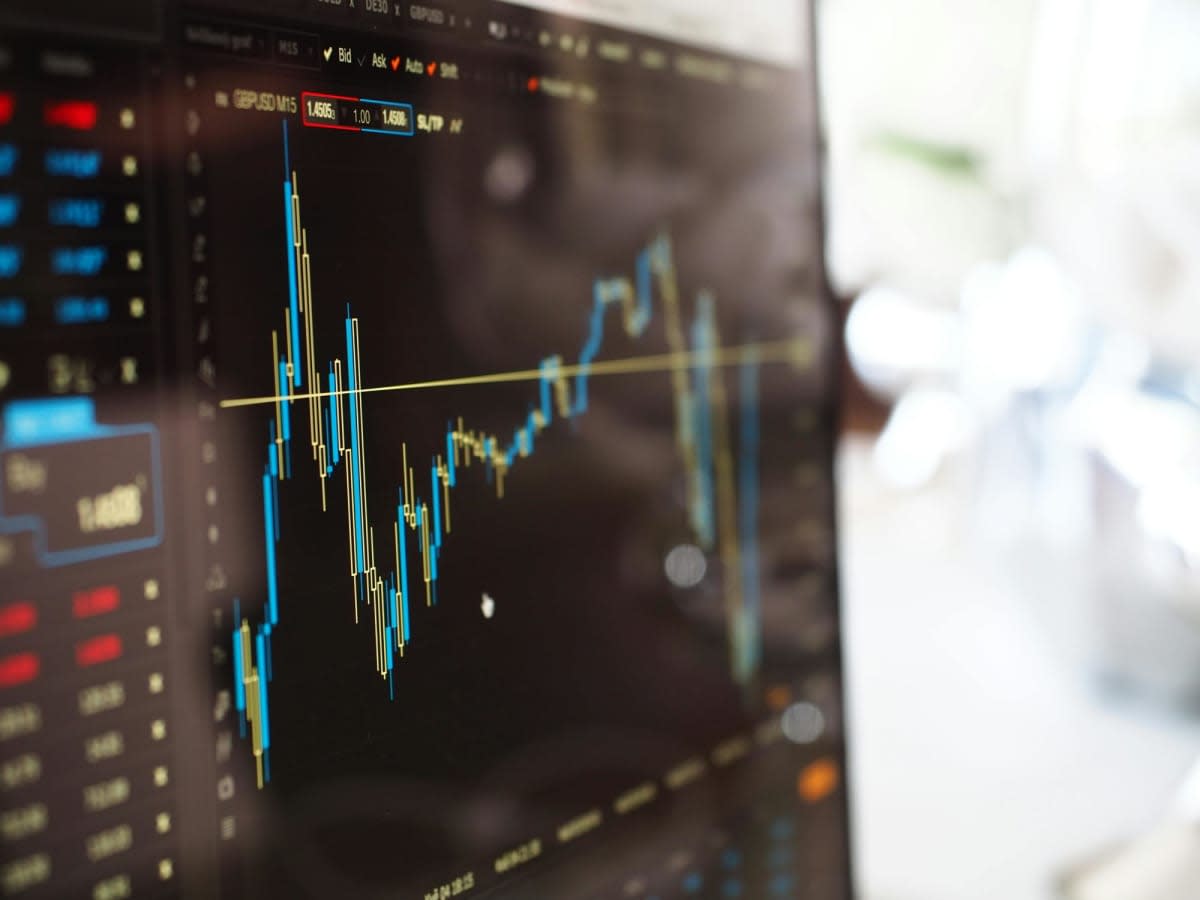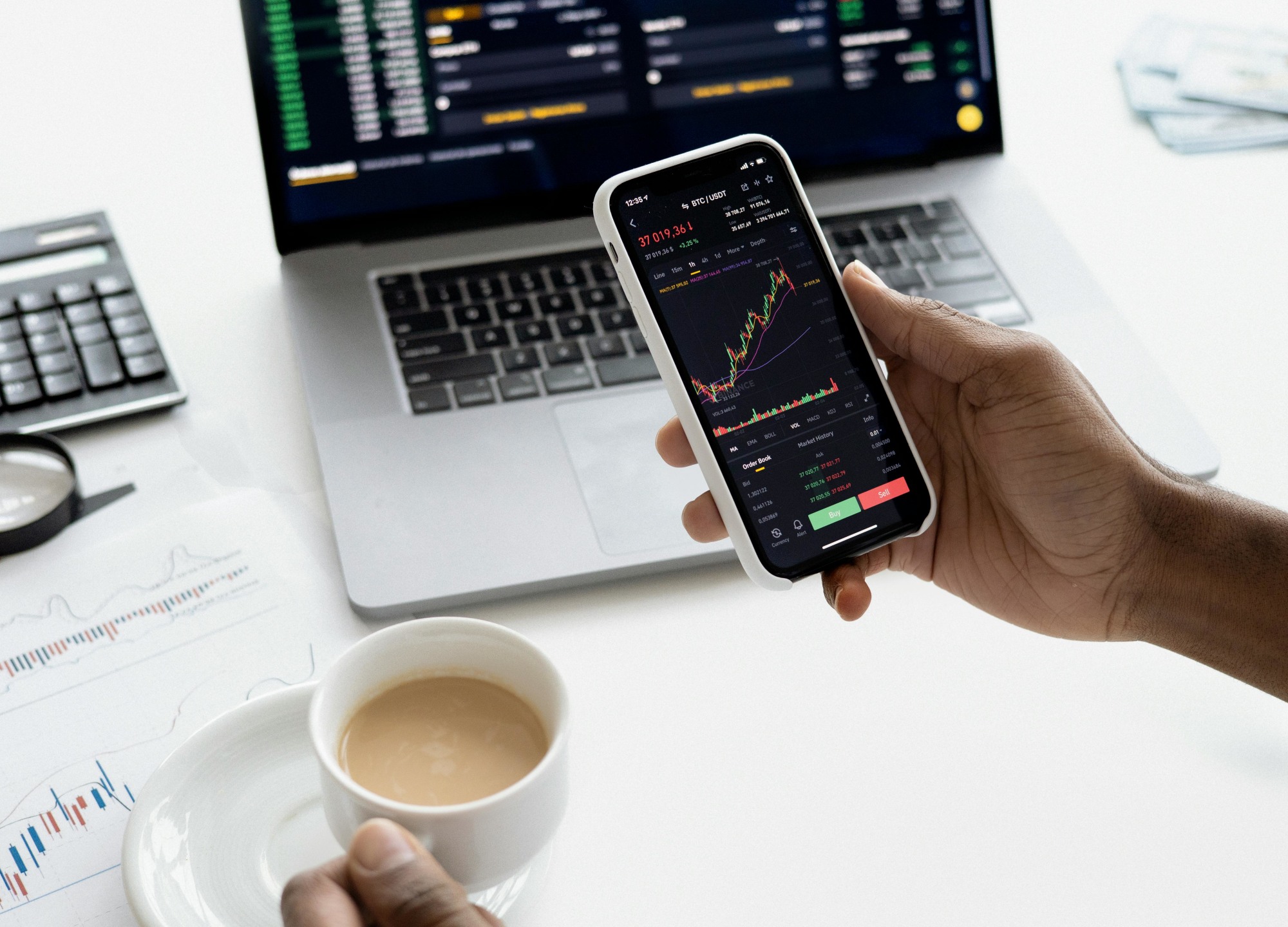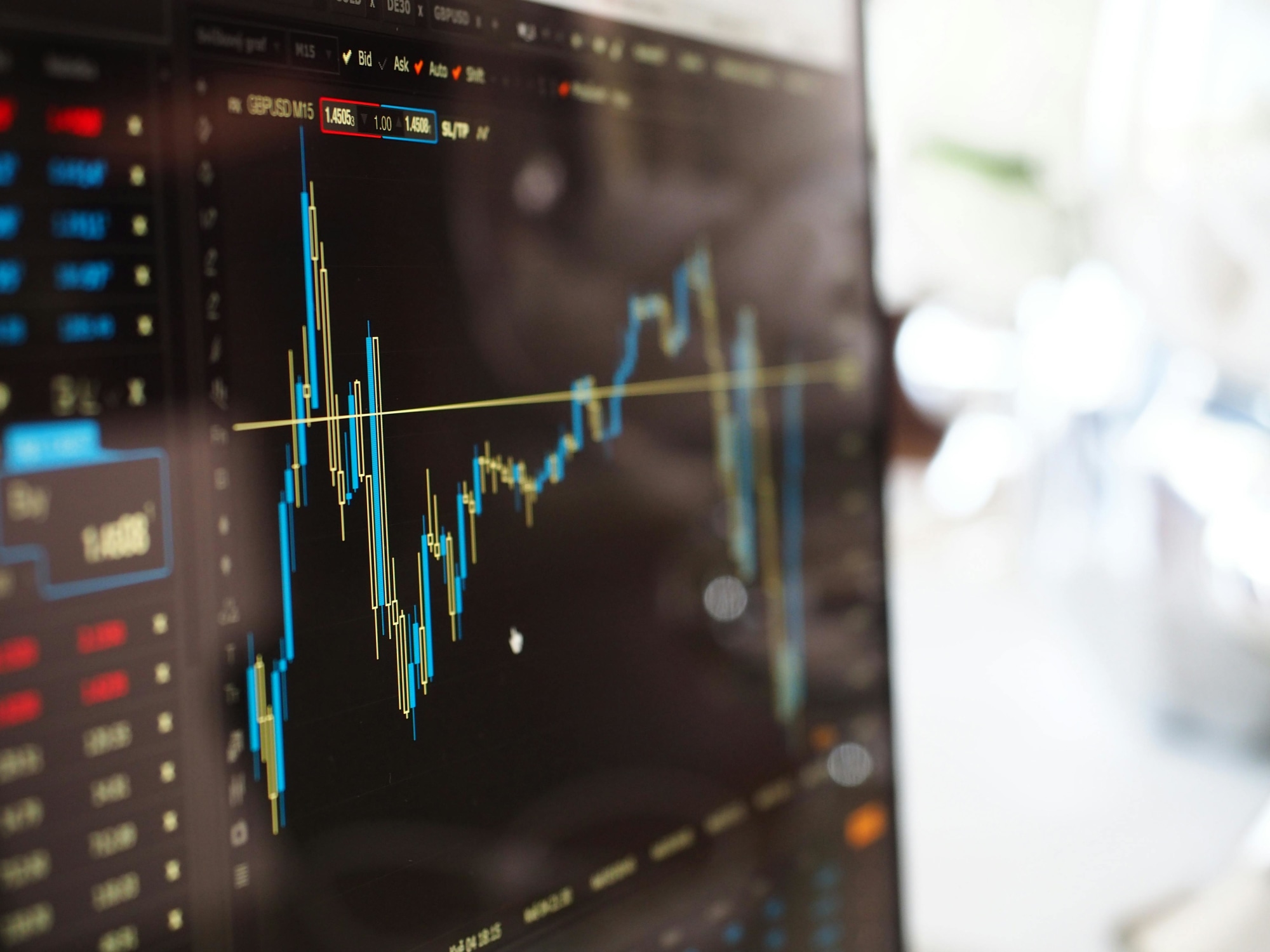Invest
Institutional investors increase stock allocations to 18-year high amid cautious market shifts
Invest
Institutional investors increase stock allocations to 18-year high amid cautious market shifts
In a recent development, State Street Markets unveiled the findings of its latest State Street Institutional Investor Indicators, revealing intriguing shifts in institutional investor behaviour. The State Street Risk Appetite Index has notably decreased from its peak earlier this year, settling at a neutral level. Despite this, institutional investors have notably increased their stock allocations to the highest point in 18 years, signalling a complex interplay of market dynamics.
Institutional investors increase stock allocations to 18-year high amid cautious market shifts
In a recent development, State Street Markets unveiled the findings of its latest State Street Institutional Investor Indicators, revealing intriguing shifts in institutional investor behaviour. The State Street Risk Appetite Index has notably decreased from its peak earlier this year, settling at a neutral level. Despite this, institutional investors have notably increased their stock allocations to the highest point in 18 years, signalling a complex interplay of market dynamics.

Marija Veitmane, Head of Equity Research at State Street Markets, provided insights into the current market environment. "October has been a strong month for stocks, despite still high geopolitical uncertainty in several major economies, mixed economic data (where one can get it, think US government shutdown), and growing valuation concerns across a raft of risk assets," Veitmane explained. She noted that global stocks, as measured by the MSCI All Country World Index, had reached nine all-time highs during October. "Strong earnings season clearly was a driver and helped to maintain the goldilocks narrative we are in: 'the economy is strong enough to support robust corporate earnings, but weak enough to need rate cuts,'" she added.
Veitmane further highlighted the market's adaptation to the Federal Reserve's easing cycle, despite potential inflation and labour market risks. "Valuation risks – however high – do not seem to worry equity investors either. They continue to stay away from Value stocks in favour of Large Cap / Quality / Growth (aka Mag 7) – institutional investors' allocation to Value stocks is currently at the lowest level since 2000. This is not surprising as Value strategies struggled for 20 years," she said. The focus on strong corporate earnings and an easing rate cycle has encouraged institutional investors to increase their stock allocations significantly.
However, the State Street Risk Appetite Index's shift to a neutral reading indicates a nuanced market sentiment. "Notwithstanding this constructive risk backdrop, institutional investors are getting a little bit more cautious with their relative trades / intra-portfolio allocations," Veitmane noted. This caution is reflected in a shift in preferences from cyclical to defensive stocks, driven primarily by increased interest in Healthcare stocks. "More importantly, institutional investors show unwavering support for the all-important Technology sector. Not surprisingly, we have seen buying of technology-heavy Asian markets – like Korea and Taiwan," she elaborated.
Interestingly, institutional investors have shown a divergent approach towards Japanese stocks, selling them post-election due to concerns about proposed reforms and the Bank of Japan's worries over inflationary pressures. This cautious stance underscores the intricate balance of risks that investors are currently navigating.

In the foreign exchange (FX) market, there has been a tentative shift towards the US dollar. "In the FX space, we have seen tentative buying of USD during October from an extreme underweight position," Veitmane revealed. Historically considered a safe haven currency, the US dollar's appeal had waned earlier this year. However, domestic investors have been buying dollars amid the US government shutdown, a move that came at the expense of selling emerging market (EM) currencies and weakening FX Carry flows.
Another critical aspect in the FX domain is USD hedging. "Another important indicator we are watching in the FX space is USD hedging. So far, we have seen only a small increase in hedging of US stocks by foreign investors. Perhaps, falling cost of hedging might encourage this trend going forward," Veitmane observed. This cautious yet strategic approach to hedging underscores the nuanced strategies employed by institutional investors in managing currency risks.
Overall, the latest findings from State Street Markets highlight a complex landscape where institutional investors are balancing optimism in stock allocations with cautious intra-portfolio adjustments. As they navigate geopolitical uncertainties, economic data fluctuations, and valuation concerns, their strategies reflect a sophisticated response to evolving market conditions.

Stock market
FOREX.com launches in Australia to empower self-directed traders
StoneX Group Inc. (NASDAQ: SNEX) has announced the Australian launch of FOREX.com, expanding access for self-directed traders to a global suite of Contracts for Difference (CFD) products across ...Read more

Stock market
Westpac and CMC Markets strengthen partnership to enhance online trading services
In a significant move that underscores the evolving landscape of online trading in Australia, CMC Markets Stockbroking has been chosen as the preferred vendor by Westpac Banking Corporation to extend ...Read more

Stock market
Portfolio reviews as an operating discipline: turning volatility into a competitive edge
In a higher-rate, higher-volatility world, portfolio reviews are no longer an annual hygiene task; they’re a core operating rhythm that protects cash flow, unlocks tax alpha, and sharpens risk ...Read more

Stock market
Fee war on the ASX: Global X’s A300 turns up the heat on core Aussie equity ETFs
Global X has lobbed a 0.04% management fee into Australia’s core equity sandbox, launching the Australia 300 ETF (A300) to take on entrenched giants. Read more

Stock market
Challenger IM shakes up the ASX with private credit note and a side of risk
Challenger Investment Management has taken private credit mainstream with an ASX-listed note structure—LiFTs—that secured roughly $100 million in cornerstone commitments within a day of launch. Read more

Stock market
International stocks: Diversifying your portfolio beyond Australia
In an increasingly globalized market, Australian investors have the opportunity to enhance their investment portfolio by incorporating international stocks. Diversifying your investments globally can ...Read more

Stock market
Stock market rally likely to continue regardless of Fed minutes tone, says deVere CEO
The bull run that has propelled Wall Street's major indexes to record highs this month is expected to continue regardless of the tone of the upcoming Federal Reserve minutes, according to Nigel Green, ...Read more

Stock market
US stock rally driven more by valuation growth than earnings, leaving tech names vulnerable: Innova
The strong gains in US stocks over the past year, particularly in the technology sector, have been driven more by expanding valuations than underlying earnings growth, leaving them exposed to a ...Read more

Stock market
FOREX.com launches in Australia to empower self-directed traders
StoneX Group Inc. (NASDAQ: SNEX) has announced the Australian launch of FOREX.com, expanding access for self-directed traders to a global suite of Contracts for Difference (CFD) products across ...Read more

Stock market
Westpac and CMC Markets strengthen partnership to enhance online trading services
In a significant move that underscores the evolving landscape of online trading in Australia, CMC Markets Stockbroking has been chosen as the preferred vendor by Westpac Banking Corporation to extend ...Read more

Stock market
Portfolio reviews as an operating discipline: turning volatility into a competitive edge
In a higher-rate, higher-volatility world, portfolio reviews are no longer an annual hygiene task; they’re a core operating rhythm that protects cash flow, unlocks tax alpha, and sharpens risk ...Read more

Stock market
Fee war on the ASX: Global X’s A300 turns up the heat on core Aussie equity ETFs
Global X has lobbed a 0.04% management fee into Australia’s core equity sandbox, launching the Australia 300 ETF (A300) to take on entrenched giants. Read more

Stock market
Challenger IM shakes up the ASX with private credit note and a side of risk
Challenger Investment Management has taken private credit mainstream with an ASX-listed note structure—LiFTs—that secured roughly $100 million in cornerstone commitments within a day of launch. Read more

Stock market
International stocks: Diversifying your portfolio beyond Australia
In an increasingly globalized market, Australian investors have the opportunity to enhance their investment portfolio by incorporating international stocks. Diversifying your investments globally can ...Read more

Stock market
Stock market rally likely to continue regardless of Fed minutes tone, says deVere CEO
The bull run that has propelled Wall Street's major indexes to record highs this month is expected to continue regardless of the tone of the upcoming Federal Reserve minutes, according to Nigel Green, ...Read more

Stock market
US stock rally driven more by valuation growth than earnings, leaving tech names vulnerable: Innova
The strong gains in US stocks over the past year, particularly in the technology sector, have been driven more by expanding valuations than underlying earnings growth, leaving them exposed to a ...Read more








